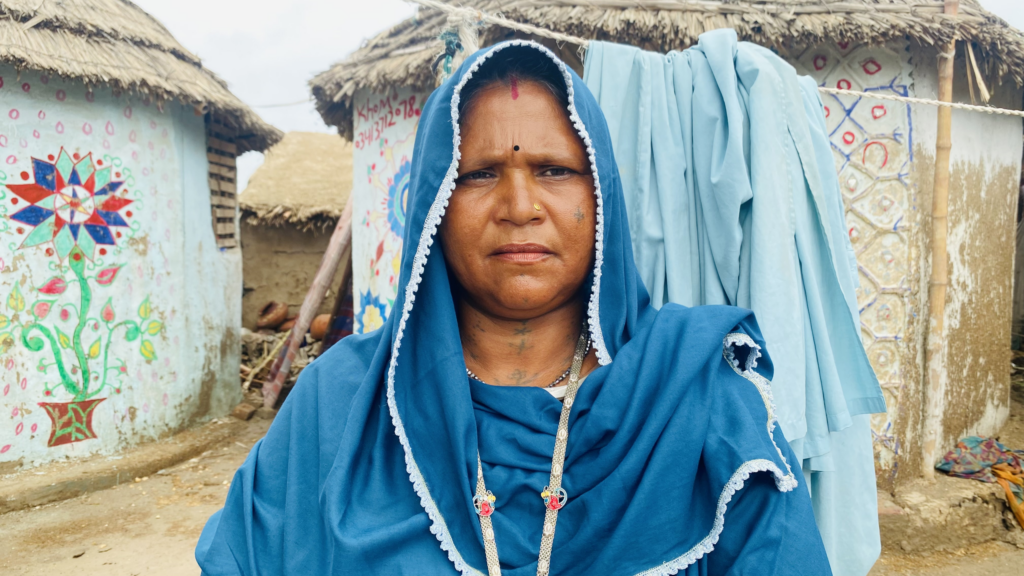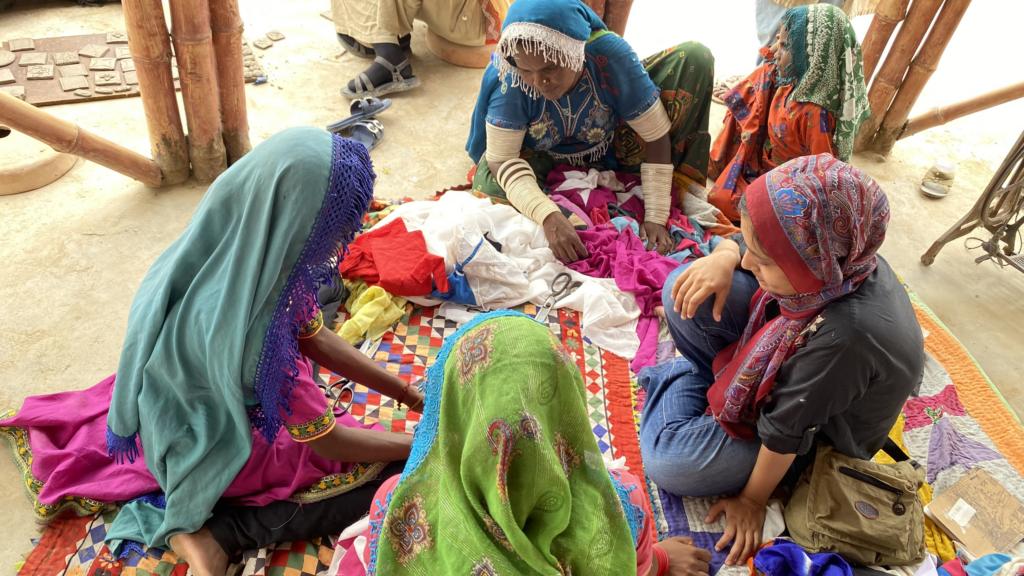Pakistan’s first female architect constructs disaster-resilient, eco-friendly homes — and a network of locals to teach others.
In 2022, Pakistan was devastated by unprecedented floods that left millions displaced and without homes in the Sindh province. Following the floods, 1.4 million homes were demolished, and thirty-three million people were left without shelter. However, from this crisis emerged an initiative with the potential to reshape disaster response and empower local communities nationwide, led in part by Yasmeen Lari, Pakistan’s first certified female architect. Known for luxury hotels, Lari now designs disaster-resilient homes that are cost-effective, easy to build, and safe for the environment.
Following the catastrophic 2005 earthquake that killed more than 80,000 people and left 40,000 homeless, Lari designed shelters made of bamboo, mud, and lime, making Pakistan home to the world’s largest zero carbon shelter program.
– Kanika Gupta
Now 82 years old and a co-founder (with her late husband) of the Heritage Foundation of Pakistan, Lari works passionately to offer sustainable emergency shelters for families who have been displaced by natural disasters. In recognition of Lari’s groundbreaking contributions and unwavering dedication, in 2023 the Royal Institute of British Architects awarded her the esteemed Royal Gold Medal.
Following the catastrophic 2005 earthquake that killed more than 80,000 people and left 40,000 homeless, Lari designed shelters made of bamboo, mud, and lime, making Pakistan home to the world’s largest zero carbon shelter program. “The worst thing that happened at the time was displacement, especially for women and children,” Lari said. “This was the first time I realized how destructive an earthquake or a flood can be. I wanted to design something so that the people are not displaced.”
The eco-friendly bamboo shelters not only can be constructed quickly, but also, they are inexpensive, costing roughly US$88 per unit. “Earth masonry, reinforced with bamboo and lattice structures, has shown remarkable resilience in earthquake-prone areas,” Lari explains. “A shaking table test at NED University proved that the structure … withstood a 7.3 Richter scale earthquake … [highlighting] the potential for constructing highly resilient buildings in seismic zones. If you build it right, with strong connections and anchors, earth masonry can be very tough. It can handle not just earthquakes but also floods without falling apart.” The strong mud walls are hardened with lime, which prevents water from seeping through them, and the roof is made from layers of thatch to stop rain from coming in. Materials like bamboo and earth are benign. “Even if something collapses, lives will not be lost,” Lari says. “We can’t control disasters, but we can make buildings that do not kill.”
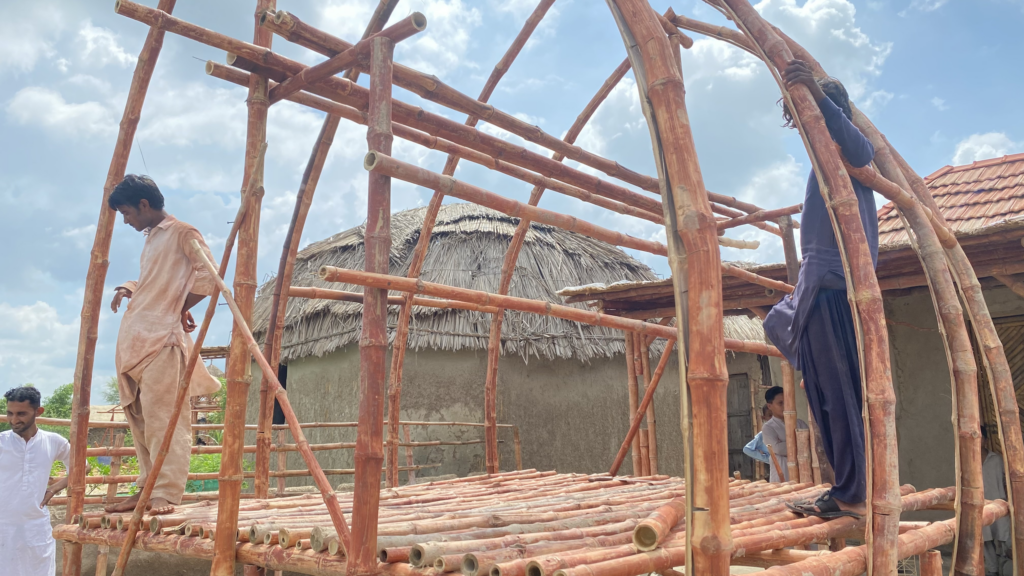
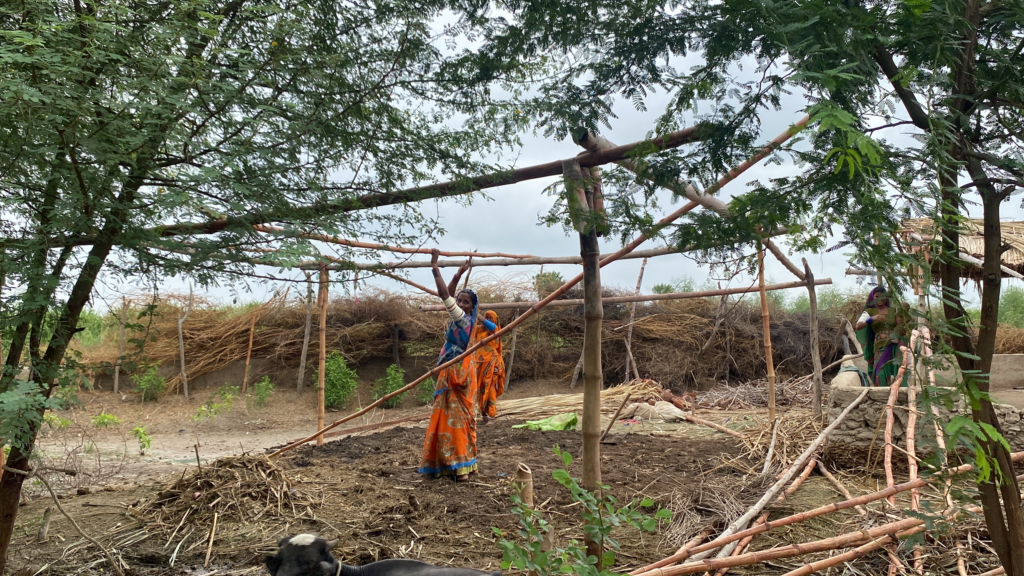
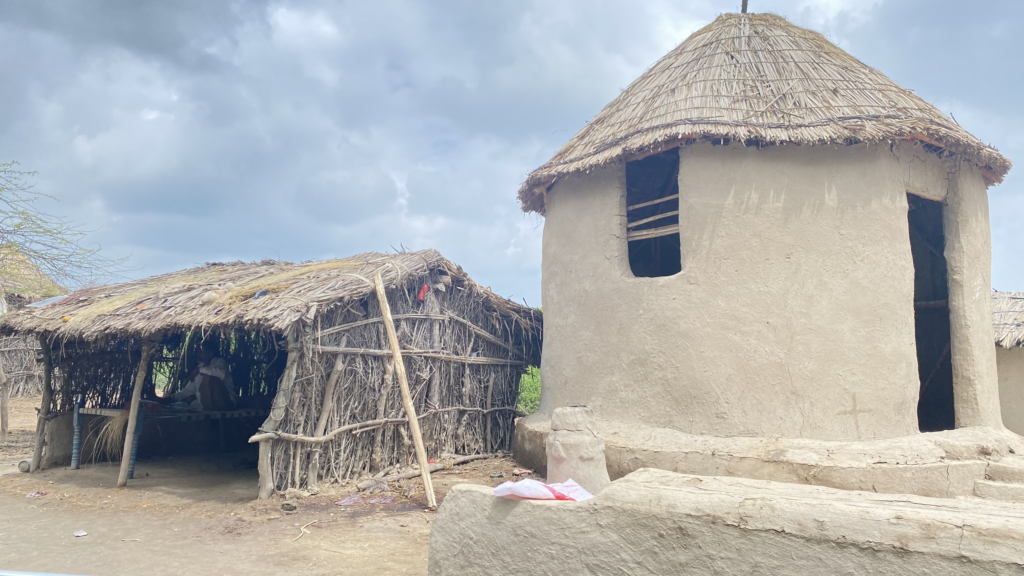
These houses take only a week to build — much faster than mud huts (which take about three weeks) or permanent cement homes (which can take up to two months). Lari’s Heritage Foundation teaches villagers how to build these homes through workshops — even posting tutorials on YouTube to make it easier.
Fifteen-year-old Ganga, from Sadar Cham village in Sindh, lives in one of Lari’s disaster-resilient homes. “When the floods came, our house stayed safe, and the rain didn’t get inside,” Ganga says. “We were okay, because the walls were strong, and we knew they wouldn’t fall on us.” Neighbors, unfortunately, didn’t fare as well.
But Lari’s work goes beyond roofs and walls. She is critical of the West’s charity model, noting that it has largely failed to address Pakistan’s poverty. (The world’s fifth-most populous country, Pakistan faces significant economic challenges, and recent data from the World Bank indicates that more than forty percent of its population lives below the poverty line.) “This approach has never worked,” Lari insists, especially now that climate change has increased the frequency and scale of natural disasters. The impact of events like the recent floods in Pakistan hardly caught the world’s attention; in Lari’s view, the only viable solution is to work in ways that need minimal external funding. Her Heritage Foundation and companion Barefoot Social Architecture (BASA) initiatives, which offer skills training for those in impoverished communities, not only preserve Pakistan’s cultural heritage, she says, but also help empower local communities to take care of themselves rather than wait for handouts.
“I feel that there will never be enough money for the poor,” Lari says. “We encounter disasters everywhere, with a lot of money spent, yet the majority of people are still left to fend for themselves. So, we thought, why not design a system where you don’t rely on anybody from outside?” Through BASA, Lari collaborates with impoverished communities in the Sindh province, conducting training programs to instruct villagers in local building techniques and the production of everyday items they can sell. Each village specializes in producing different items, such as bamboo panels, glazed tiles, mud bricks, ceramic goods, fuel briquettes, and soap, giving rise to a new cadre of what she calls “barefoot entrepreneurs.” She points out that eighty percent of the communities they’ve engaged with have successfully elevated themselves above the poverty line. “With our zero carbon, zero waste, zero donor model that we launched this April, we have already reached over 300,000 families that have become food secure. More than 25,000 houses devastated in floods have been rebuilt from their own money, no funding from anyone else. We aim to reach a million households by the end of next year.”
Champa Begum, a barefoot entrepreneur volunteer from Sangar Khas Gali village, also lost her home in a flood. “Initially, I was a farmer, but barefoot entrepreneurs Jashmi Ansari and Sir Namshah trained us in making smokeless stoves and provided work to us following the disaster,” Begum explains. “We constructed our house and also made stoves, learning the craft ourselves.” Having worked with the foundation since 2011, Begum has assisted thousands of women in rural areas across Pakistan in constructing not only environmentally friendly earthen stoves, but also their homes. Traveling from village to village, she charges a modest fee of PKR 200 (US$0.70) for her workshops, providing valuable training to empower others. “When the floods came, many homes in our village got destroyed. But my house stayed strong,” she says. “Villagers came and asked how my house survived the floods. They wanted a house like mine. So, I traveled to different villages with my husband and helped [people] build homes. I have helped build more than 1,000 homes since then.”
The volunteers in Lari’s BASA programme faced disasters themselves and now want to help others while earning some money,” Lari says. These volunteers are trained to teach others practical skills like using lime, digging wells, and building walls. “These simple actions make life better for the community, and people are happy to pay to learn these valuable skills,” she says. “Once they have these skills, they are able to take action on their own. I want to tell them that there’s no need for handouts anymore.”
–With additional reporting by Jamaima Afridi




